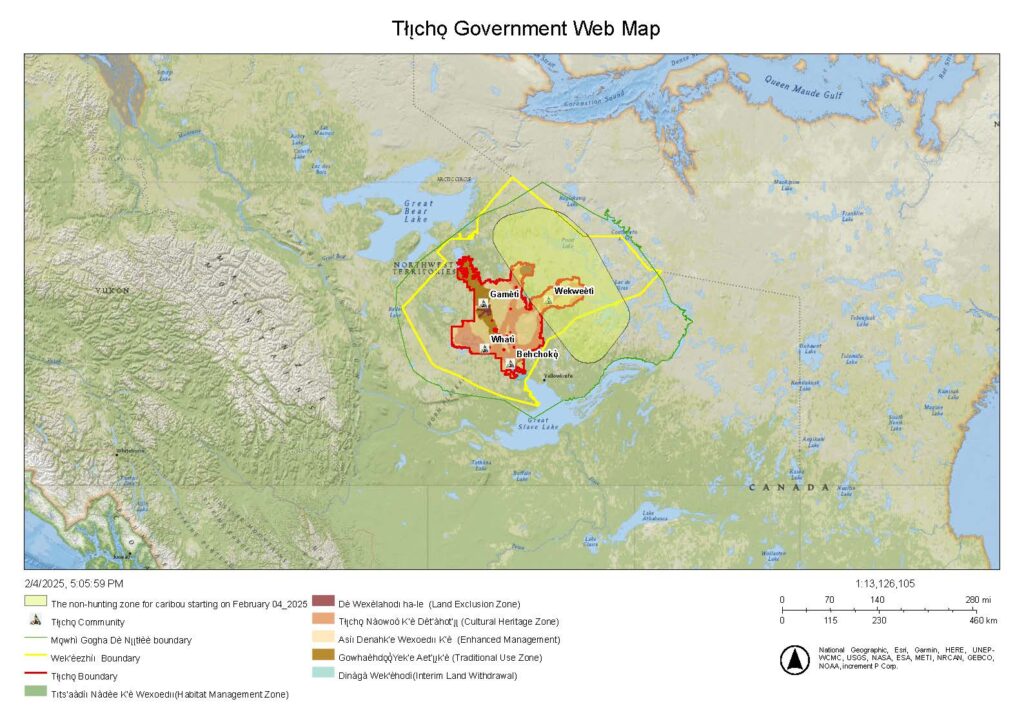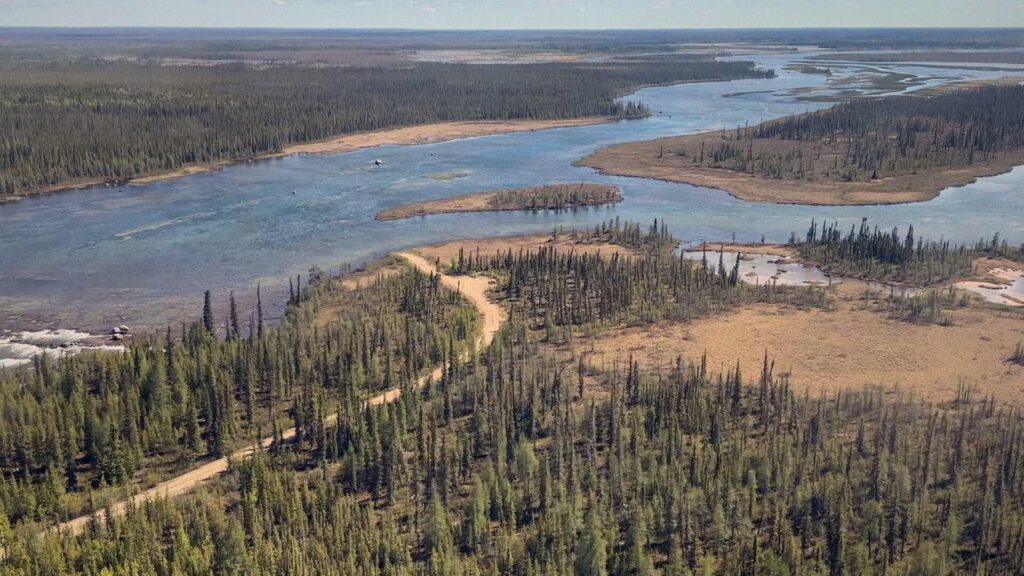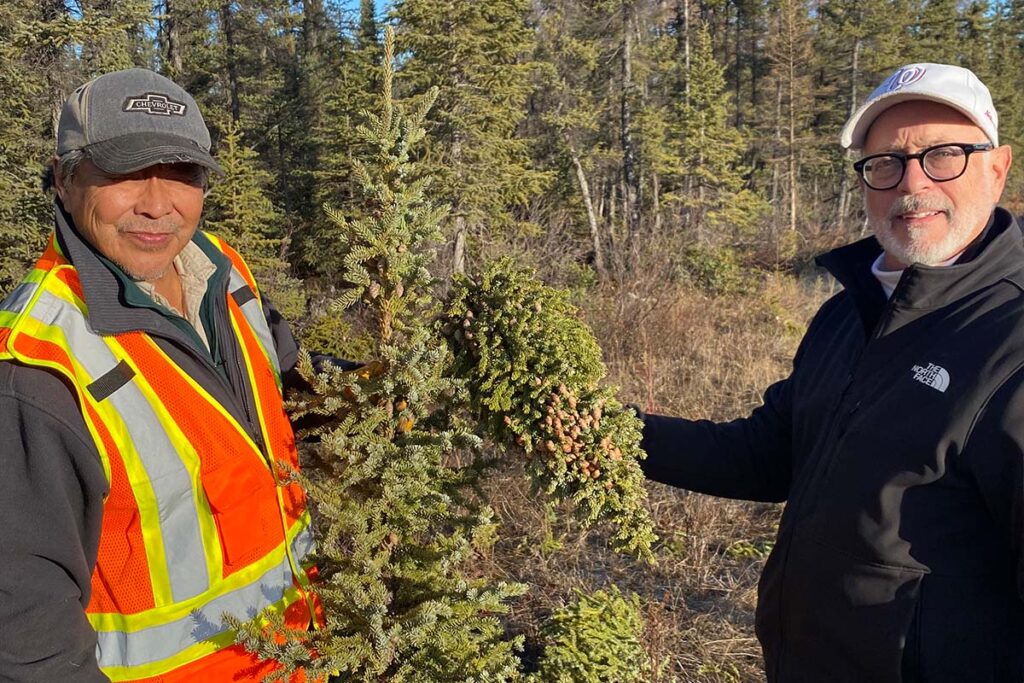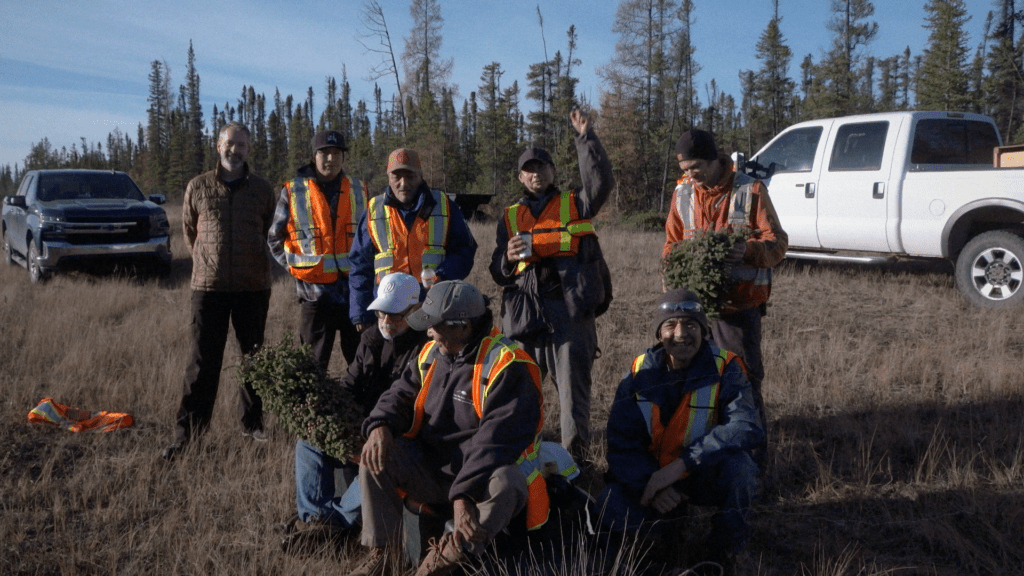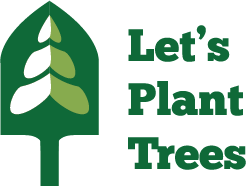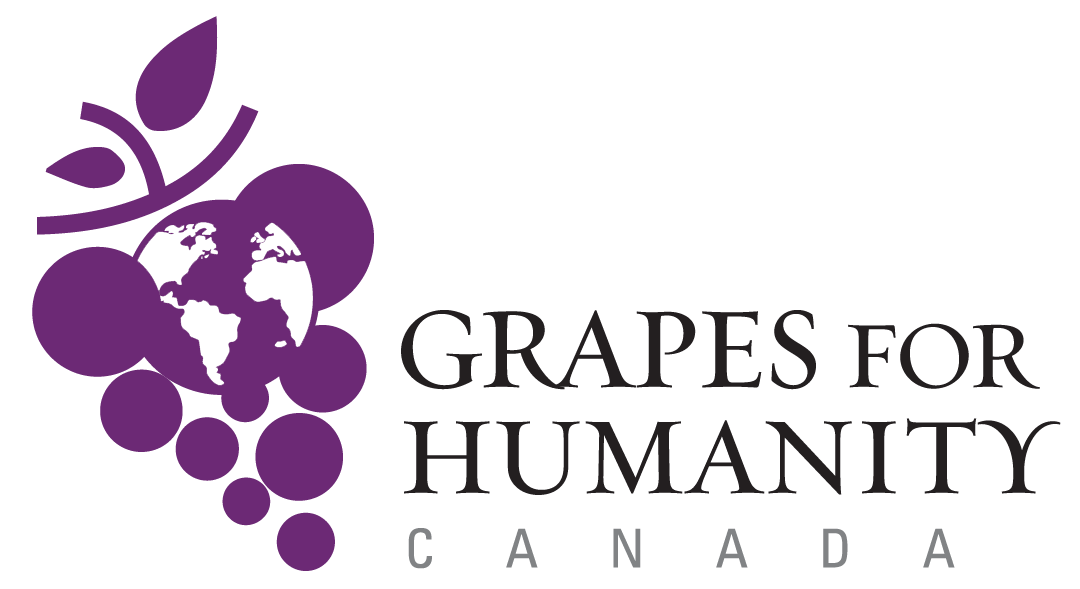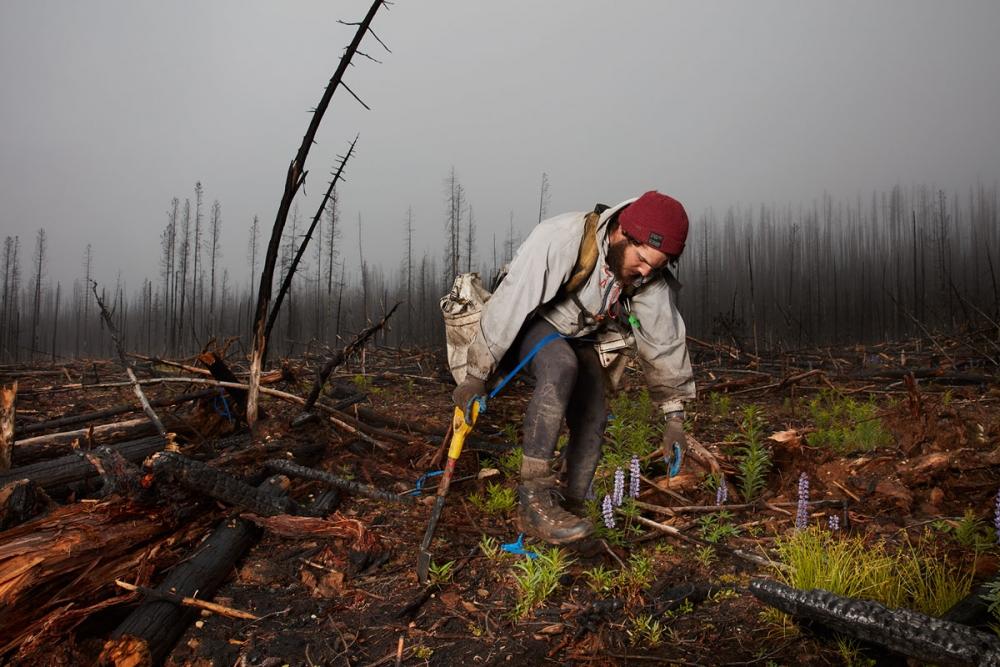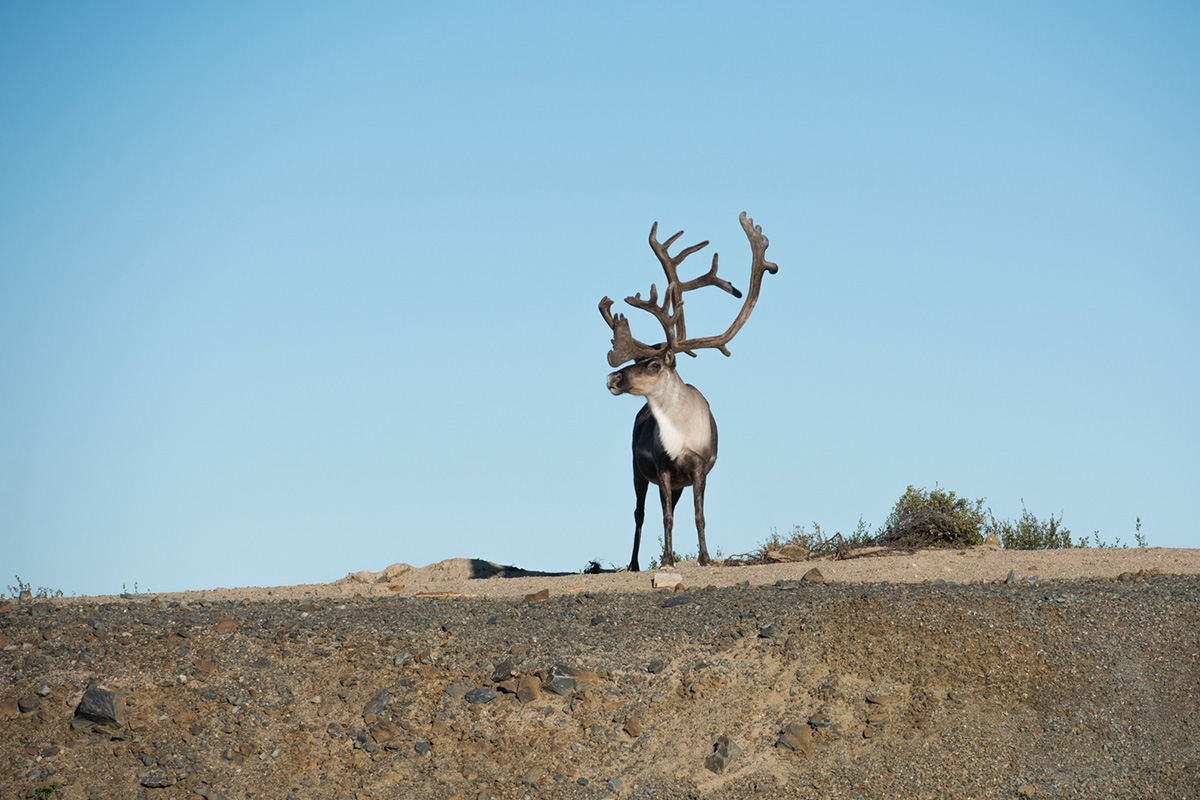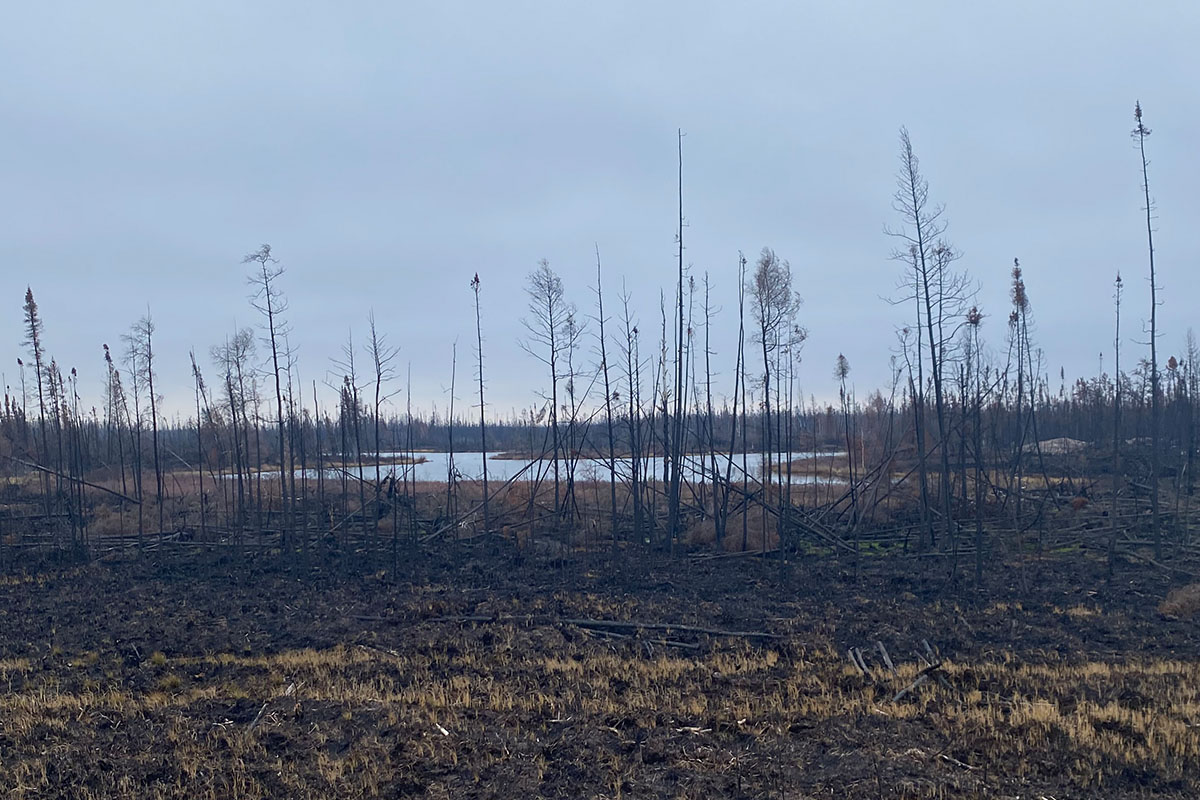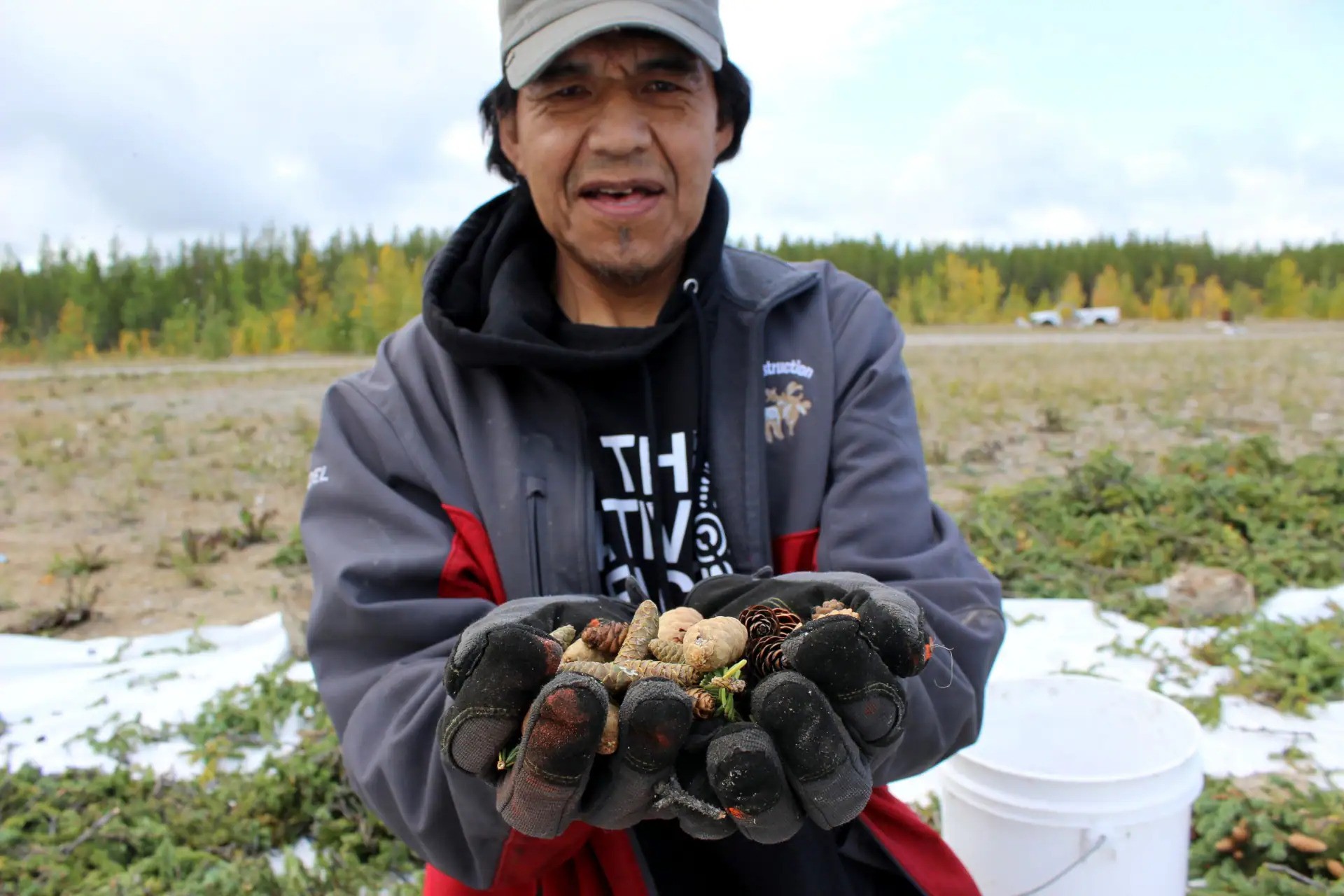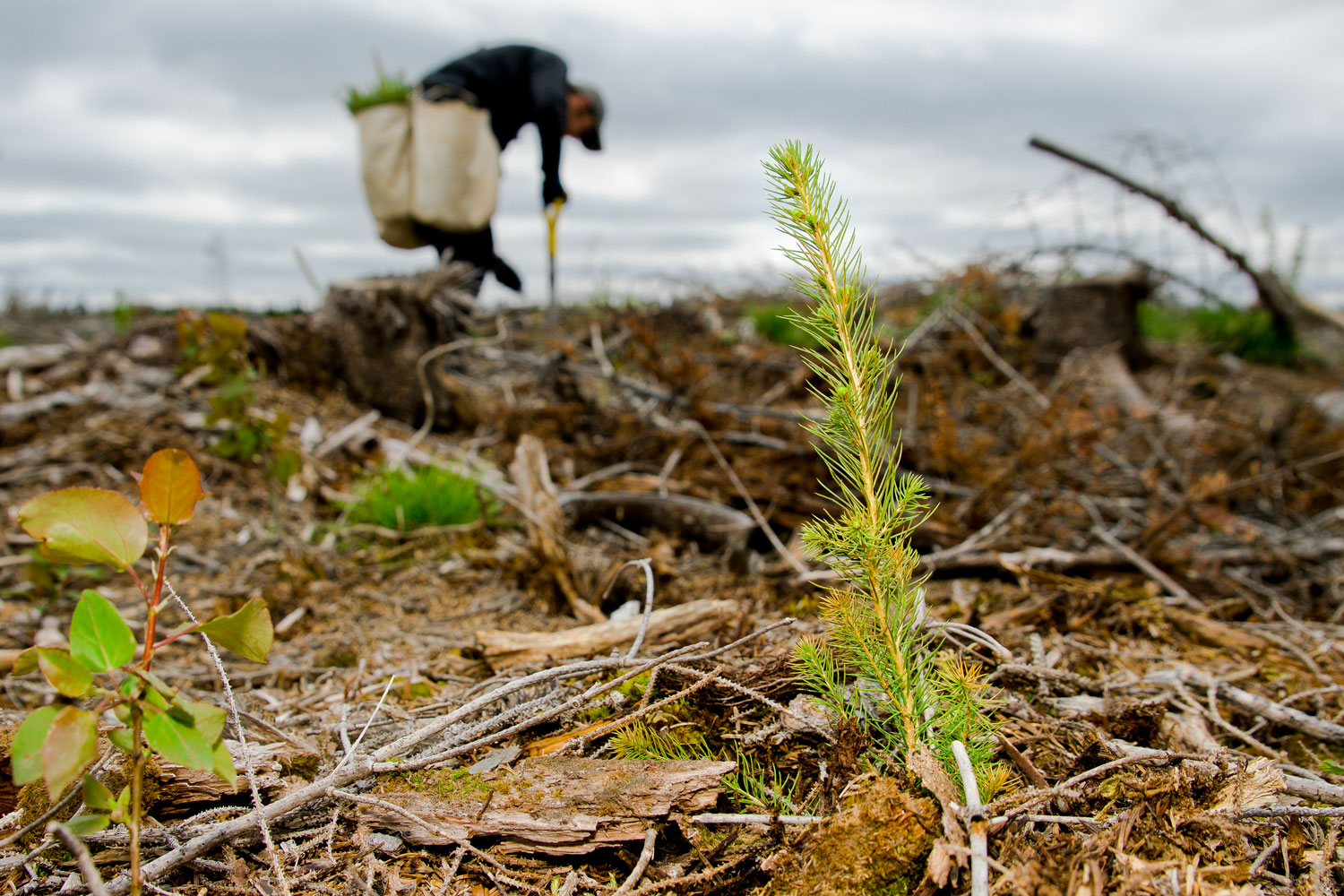This partnership to plant one million trees in the Northwest Territories is helping to restore wildlife habitats, empower the Tłı̨chǫ people, and combat the devastating impacts of climate change.
The Tłı̨chǫ people have lived in harmony with the boreal forest since time immemorial. The land is central to their way of life, providing resources, cultural traditions, and a connection to the environment.
Recent wildfires, driven by a warming climate, have devastated large areas of the boreal forest. The summer of 2023 saw unprecedented fires, burning areas 10 times larger than the average, and deeply impacting the land and its ecosystems.
In response, the Tłı̨chǫ Government has partnered with Tree Canada and Let’s Plant Trees to plant one million trees, with financial support from L’Oréal Canada, anonymous private philanthropists, Grapes for Humanity Canada, and the federal government’s 2 Billion Trees program.
This project is rooted in the Tłı̨chǫ philosophy of “Strong Like Two People,” combining traditional knowledge with scientific expertise to rebuild ecosystems and create a sustainable future.
From Seeds to Forests
In October 2023, Tłı̨chǫ community members collected millions of seeds from the surrounding forest. These seeds are now growing in a nursery in Alberta, where they are being carefully nurtured into seedlings. Planting will begin in 2025, focusing on areas identified as high-priority habitats.
By using seeds from the region, the reforestation effort ensures that the new trees are well-adapted to the local environment, increasing their chances of survival and success.
Project Objectives
Restoring Wildlife Habitat
Wildfires have left vast areas of the boreal forest barren, destroying the delicate habitats that many species rely on to survive. This project places special emphasis on the needs of threatened species, such as the Boreal caribou, whose survival is directly tied to the health of the forest. By planting one million native trees, the initiative creates critical habitats that provide shelter, food, and migration corridors for wildlife. These restored areas will support biodiversity, ensuring the boreal ecosystem can sustain its intricate web of life for generations to come.
Fostering Community Leadership
The Tłı̨chǫ people have a profound connection to their land, and this project builds on that relationship by putting them at the forefront of every stage. From collecting seeds to planting seedlings, Tłı̨chǫ citizens are not just participants—they are leaders shaping the future of their environment. This approach empowers local communities by honouring traditional knowledge, creating employment opportunities, and instilling a sense of pride and ownership in the restoration process. It’s an investment in people as much as it is in the land.
Rebuilding Ecosystems
The boreal forest is a cornerstone of life in the Northwest Territories, but its regeneration requires careful attention to ecological balance. By reintroducing native tree species like black spruce and white birch, the project restores the natural diversity lost to wildfires. These trees play vital roles in stabilizing the soil, improving water retention, and creating a foundation for other plant and animal species to thrive. The result is a resilient ecosystem that not only recovers from fire damage but also adapts to future challenges posed by climate change.
Get to know the trees we’re planting
White birch is a resilient and adaptable tree that thrives in a variety of moisture levels and soil types. It is not only a favourite in landscaping but also a vital resource for wildlife. Its buds, leaves, and seeds provide essential food for birds and small animals, supporting biodiversity in northern ecosystems. In the Northwest Territories, particularly in communities like Behchokǫ̀, white birch plays a critical role as a FireSmart tool. When planted strategically around communities, its deciduous nature—shedding leaves annually—reduces the buildup of flammable materials on the forest floor, helping to mitigate wildfire risk. Deciduous trees typically contain higher moisture levels, making them less likely to ignite compared to other tree types. This is especially important in regions like Behchokǫ̀ and Yellowknife, which have faced devastating wildfires in recent years. By incorporating white birch into FireSmart plantings, communities can create natural firebreaks, slowing the spread of wildfires and protecting both people and property.
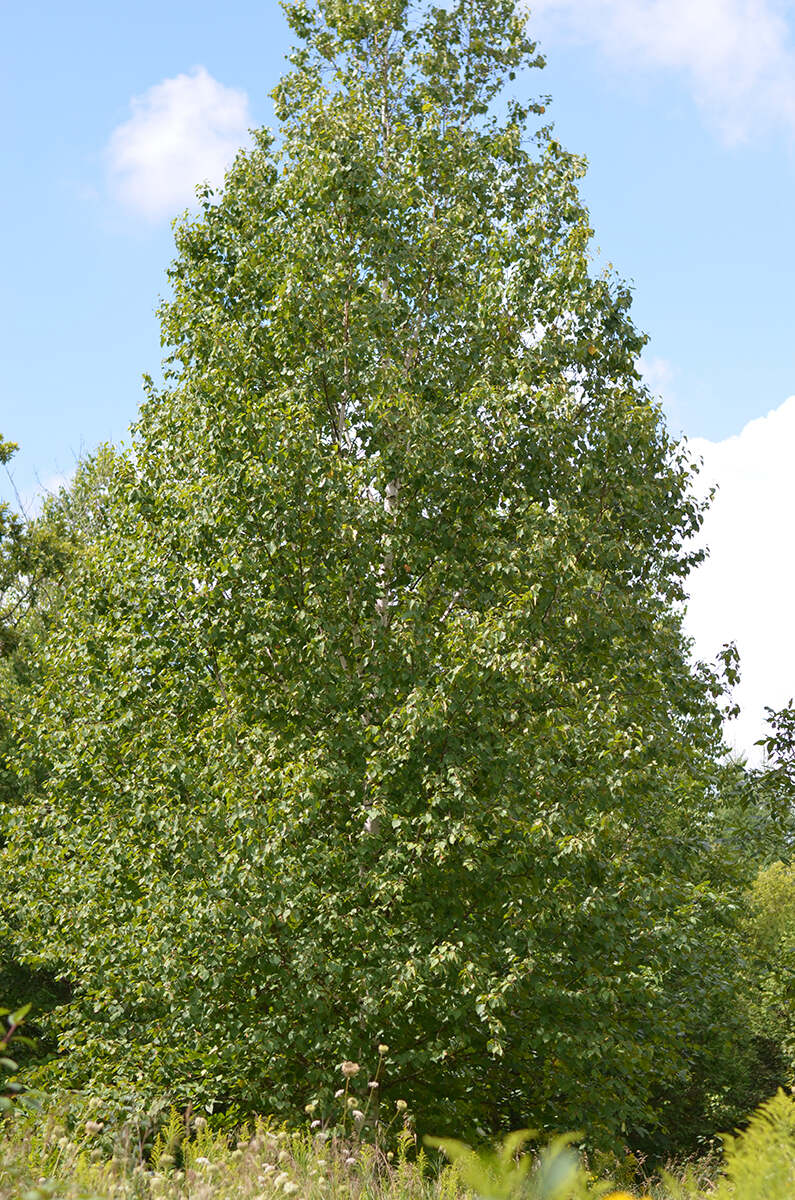
Image: White birch tree, photo courtesy of The Tree Atlas, Government of Ontario
Black spruce is a remarkable species thriving across Canada, making it a vital part of the northern ecosystem. Its extensive root system helps stabilize soil, preventing erosion. This tree is also highly adaptable to poor, acidic, and waterlogged soils, making it a pioneer species that can grow in challenging conditions where other trees might struggle. By doing so, it plays a critical role in soil formation and nutrient cycling, enriching the land over time. Its ability to thrive in cold, northern climates also makes it a key species for maintaining the health and stability of boreal forests, which are vital to the planet’s ecological balance. This hardy tree is not only a symbol of resilience in harsh climates but also a cornerstone of biodiversity. Black spruce provides essential food and shelter for a variety of wildlife, from small mammals to birds, which feast on its seeds. Various species rely on its foliage for nourishment, while its dense branches offer cooling shade during the summer heat. Additionally, songbirds like warblers find safe nesting sites among their boughs. By planting black spruce, we support these interconnected ecosystems, promote biodiversity, and help sustain the wildlife that depends on this iconic tree.
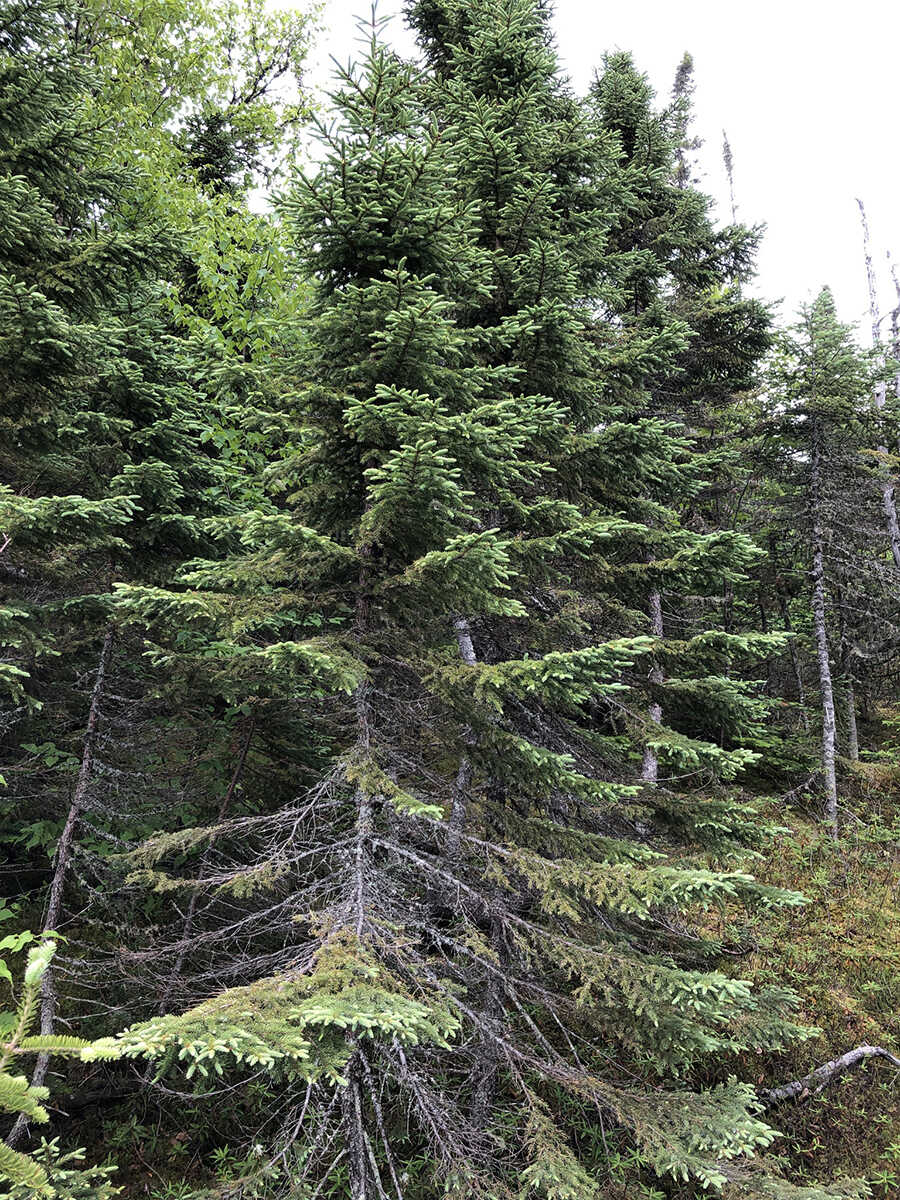
Image: Black spruce tree, photo courtesy of The Tree Atlas, Government of Ontario
White spruce is a versatile and resilient tree that thrives in northern climates, extending its range into the Far North and even growing along the Arctic tree line in the Northwest Territories of Canada. This hardy species can adapt to a wide range of moisture levels, soil types, and shaded conditions, making it a cornerstone of northern ecosystems. Beyond its adaptability, white spruce plays a crucial role in supporting wildlife, providing food in the form of bark, branches, buds, and seeds for a variety of species, large and small. In the Northwest Territories, white spruce is particularly important for stabilizing soil in fragile northern environments, preventing erosion, and contributing to nutrient cycling in nutrient-poor soils. Its presence helps maintain the health of boreal forests, which are critical for carbon sequestration and combating climate change. They can live for 1,000 years.
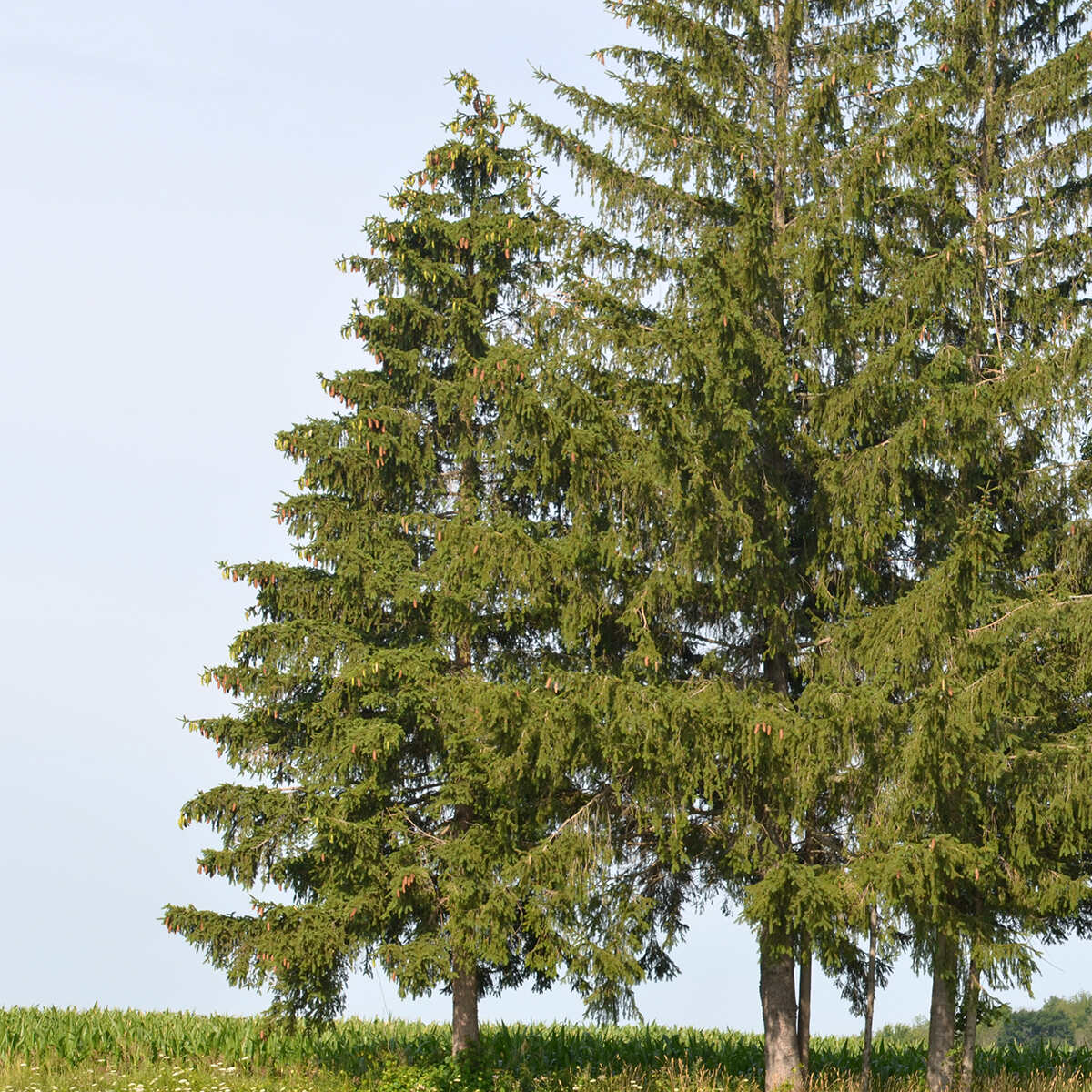
Image: White spruce tree, photo courtesy of The Tree Atlas, Government of Ontario
Tamarack is a unique and hardy tree found in every province and territory across Canada, thriving particularly in northern regions. It is highly adaptable, tolerating a range of moisture levels and soil types, though it prefers wet sites and requires full sun to grow. It provides valuable habitat and shade, supporting biodiversity in northern ecosystems. Tamarack also offers significant benefits to the land itself—its roots help stabilize soil in wet, swampy areas, reducing erosion and improving water quality. This makes it an excellent species for restoring degraded landscapes. Along with the other species it is working to improve the habitat of boreal caribou and speed up the recovery of the land.
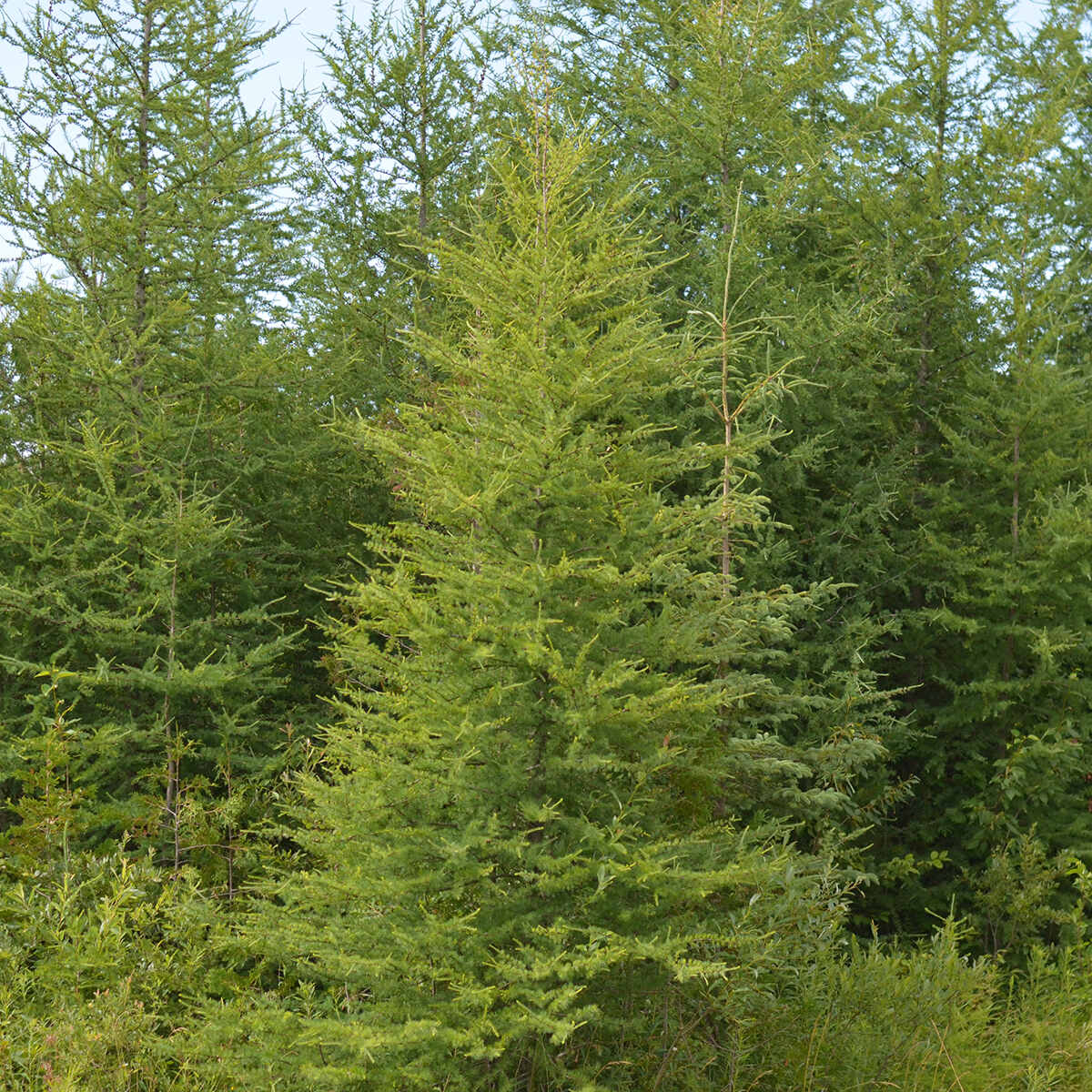
Image: Tamarack tree, photo courtesy of The Tree Atlas, Government of Ontario
An initial batch of 750,000 seedlings will be planted this year.
Another 250,000 will be planted around the community of Behchokǫ̀ as a FireSmart initiative.
A Commitment to the Land
“We are committed to sustaining our lands, waters, and wildlife for as long as this land shall last. This project helps us restore what has been lost and ensures a better future for all.”
– Grand Chief Jackson Lafferty
“This initiative is about more than trees. It’s about supporting the Tłı̨chǫ people and their efforts to care for their land, while addressing the urgent need to restore habitats and combat climate change.”
– Randall Van Wagner, Head of the National Greening Program
A Shared Effort for a Thriving Forest
This project is made possible through the collaboration of the following partners. Together, we are working to ensure that the boreal forest continues to thrive for generations to come.
